- Email: drkrutipanchal@gmail.com
- Call: +91 9769305504
Ocular Surface Disease
- Home
- Treatments
- Ocular Surface Disease
1. Chemical injury of eye
Chemical injury is a true ocular emergency and requires immediate intervention. Chemical injuries to the eye can produce extensive and serious damage to the ocular surface and anterior segment leading to visual impairment and disfigurement. Immediate saline wash is critical in limiting the duration of chemical (Alkali or Acid) exposure and if require amniotic membrane grafting is performed in severe injury. Early treatment ensures the best possible outcome for this potentially blinding condition.
2. SLET / Limbal Stem Cell Transplantation
Simple Limbal Epithelial Transplantation (SLET) is a surgical technique for the treatment of limbal stem cell deficiency (LSCD) in which limbal cells are transplanted either from host other eye healthy cornea or cadaver eye. The causes of LSCD are chemical or thermal injuries, multiple surgery in eye, contact lens wear, chronic eye allergy, Steven Johnson’s Syndrome, TEN syndrome, Ocular Cicatricial Pemphigoid, etc
3. Ocular Surface Tumors / OSSN
Ocular surface squamous neoplasia (OSSN) compromises a wide spectrum of disease involving abnormal growth of dysplastic squamous epithelial cells on the surface of the eye. Various topical chemotherapeutic agents are available which are very effective according to the stage of disease such as Interferon-α2b, mitomycin C and 5- fluorouracil. Surgical and diagnostic approach called “no touch technique” is used during excision of OSSN lesions and to be sent for pathological work up.

Contacts
- Swami Vivekanand Netra Mandir 4th floor, Shlok Business Centre, Beside Apple Hospital, Udhana Darwaja, Surat, Gujarat 395002.
- +91 9769305504
- drkrutipanchal@gmail.com
Get Directions


